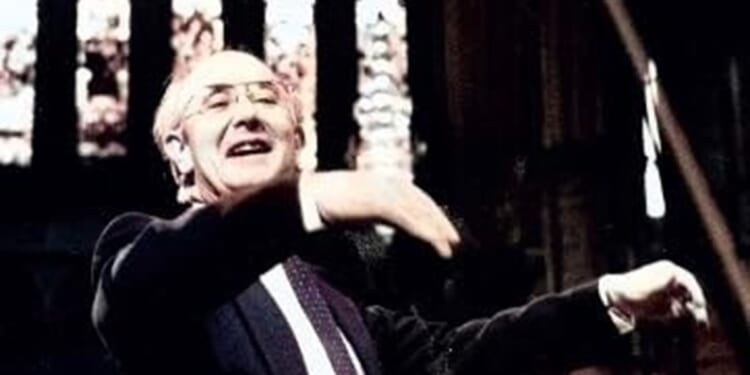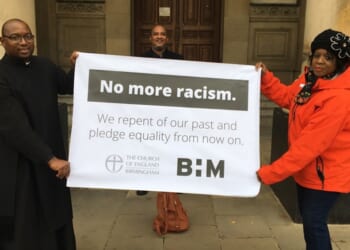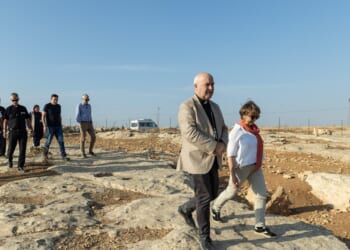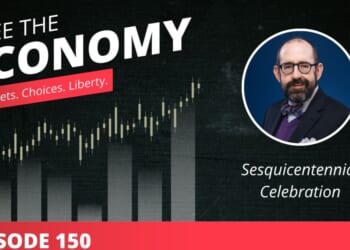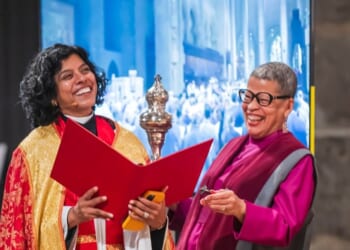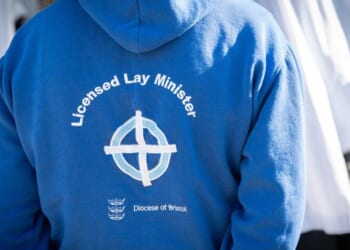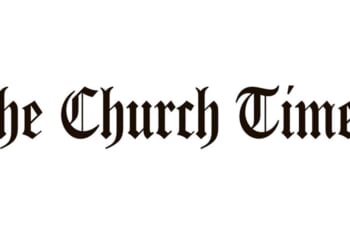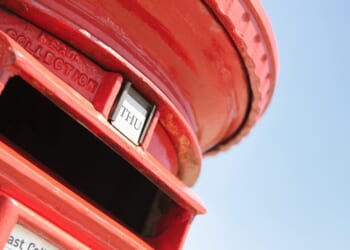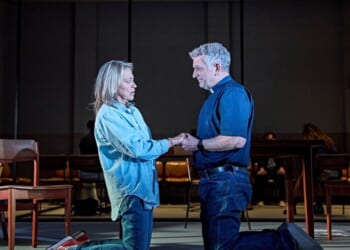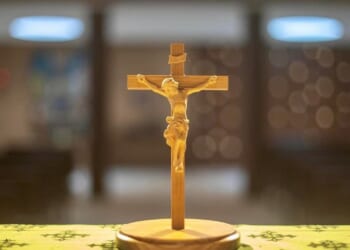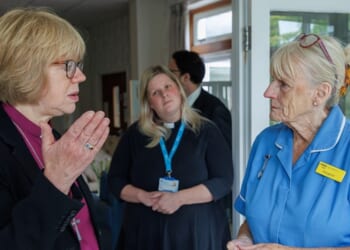OTHER reviewers, such as Martin Neary’s obituarist (Gazette, 3 October), would probably have started reading this autobiography at the beginning, when the seven-year-old Martin was discovered to have perfect pitch. A year later, he became one of the Children of the Chapel Royal, and sang at the christening of King Charles and the 1953 Coronation, as well as minor gigs such as the Festival of Britain. Although he began playing the piano at the age of five, he was introduced to the organ at 15 as a compensation for his voice breaking, and committed himself to music only halfway through a theology degree.
This reviewer, however — journalist first and lover of church music second — turned straight to the chapter “Suspension and dismissal”. This relates to Neary’s summary removal as organist at Westminster Abbey in 1997-98 in a row that went beyond the pages of the Church Times into the secular press. The Abbey won a pyrrhic victory, removing Neary for running a “secret” bank account used to handle touring fees, but earning a public reprimand for handling the matter in a way that was, frankly, unchristian.
In his version, Neary laments the frailty at that time of Colin Semper, the Canon Treasurer. Too late — a year after the hearing — Semper was able to confirm that the account was known to him.
Writing two decades later, Neary conveys the horror of the experience, but also tells of the comfort that he and his wife, Penny (also accused), derived from the support that they received, not least from Frank Field MP, who lobbied the Dean on their behalf. And he ends the chapter: “Quite soon, some rays of light would come shining through the darkness.”
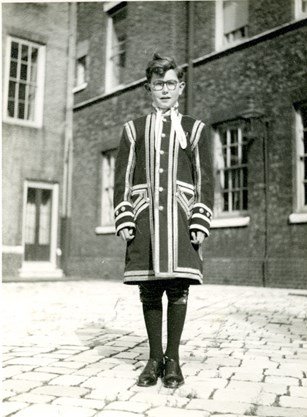 author’s collectionMartin Neary as one of the Children of the Chapel Royal in 1953. From the book
author’s collectionMartin Neary as one of the Children of the Chapel Royal in 1953. From the book
Ensuing chapters tell of an itinerant decade as Neary, freed from the demands of Westminster, travelled the world, accepting invitations from contacts that he had made earlier in his career. He spent a year in California, helped to set up the RSCM Youth Choir, and was involved in bestselling recordings. In 2012, he began a decade as director of music at St Michael’s, Barnes, before Parkinson’s disease took its toll.
If we are to trust the tone of this autobiography, the dismissal did not dent Neary’s overall gratitude for a life of extraordinary achievement and privilege. His gilded time as a chorister (back to the earlier chapters now) was followed by a glittering career as an organist. He started at St Margaret’s, Westminster, a stint that included musical soirées in No. 10 and Chequers; he then moved to Winchester Cathedral and had notable collaborations with Jonathan Harvey and John Tavener, before being appointed to Westminster Abbey in 1987.
Thanks to well-organised notes and/or a prodigious memory, Neary lists a string of remarkable services and concerts throughout this time, devoting a whole chapter to the funeral of Diana, Princess of Wales, organised in five days in September 1997. Tasks that week included summoning the choir back from holiday, liaison with Elton John, placating the Spencers, and shoehorning the various musical elements into a programme that, none the less, appeared calm and reflective.
Neary’s organisational talents were clearly impressive. But equally impressive in this account is his concern for the talents and well-being of his singers. He was determined to put more care into the voices of his choristers than he had received himself. Amid the accounts of spectacular commissions, premières, and recordings, it is heartening to read anecdotes about the day-to-day business of nurturing a cathedral choir — and touching in the final pages when the same care is devoted to a family that has clearly caught his love of music.
Paul Handley was Editor of the Church Times from 1995 to 2024.
Time to Declare: My life in church music
Martin Neary
RSCM £25
(978-0-85402-358-5)
Church Times Bookshop £22.50

